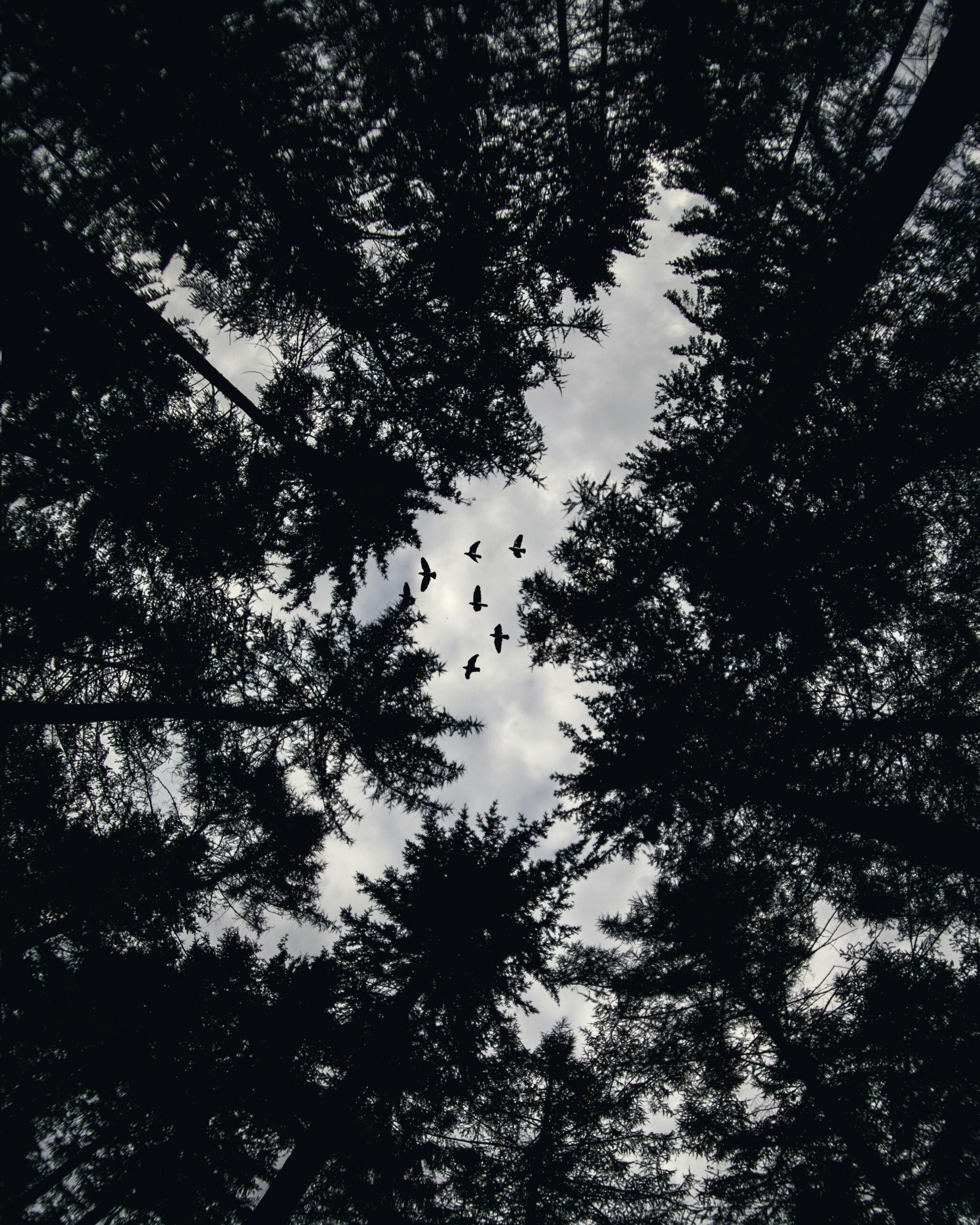
The Black Forest is an immensely beautiful and storied region in southwestern Germany, a place where nature, culture, and history are deeply intertwined.
The Land of Dark Pines
The name Black Forest, or Schwarzwald in German, is a direct inheritance from the Romans. They called it Silva Negra, which literally translates to “Black Forest.” This name was given due to the incredibly dense growth of dark fir and spruce trees. The canopy was so thick in ancient times that very little sunlight could reach the forest floor, making the whole area seem gloomy, mysterious, and even frightening to the Romans, who generally feared dense, untamed woodlands. Historically, the Black Forest has been a frontier and a place of deep settlement. It was originally known as Abnoba Mons after a Celtic deity. While the Romans established settlements on its perimeter, it was the Germanic tribes, particularly the Alemanni, who began the true colonisation, pushing into the valleys and settling the higher ground over centuries. The region has a history rooted in forestry, mining, and, sadly, peasant uprisings, including those that preceded the German Peasants’ War in the 16th century. Today, its economy is primarily driven by tourism, which sustains hundreds of thousands of jobs. The Black Forest’s fame extends far beyond its dark, wooded landscape. It is globally renowned as the birthplace of the Cuckoo Clock, an intricate piece of craftsmanship that originated here. It is also the region that inspired many of the chilling and wonderful fairy tales collected by the Brothers Grimm, as the dark, deep woods provided the perfect setting for stories of witches, wolves, and lost children. Visitors are drawn to the area for its beautiful natural parks, opportunities for hiking and skiing, the thermal baths of towns like Baden-Baden, and, of course, the legendary Black Forest Gateau. Our visit to the Black Forest Open Air Museum (Vogtsbauernhof) in Gutach was a wonderful journey that brought the region’s past to life. This museum is a spectacular collection of authentic, centuries-old farmhouses and outbuildings from various parts of the Black Forest that were carefully dismantled and reassembled on the site. The sheer size and complexity of the historic farms, some dating back to the early 17th century like the central Vogtsbauernhof farmhouse itself, were impressive. Wandering through the houses, mills, and barns, all furnished as they would have been long ago, you gain a tangible sense of how people lived and worked over the past 600 years. We enjoyed the daily demonstrations by craftsmen, which illustrate traditional handicrafts, and seeing the old breeds of farm animals on the grounds. The entire experience felt incredibly authentic and provided a deep appreciation for the customs and resourcefulness of the Black Forest people.
For our accommodations, we found the municipal camper parking areas in the nearby Kinzig Valley to be welcoming and convenient. We had a great experience at both the Haslach im Kinzigtal and Hausach camper parks. In Haslach im Kinzigtal, the town offers free parking spots for campers, which is very generous. We particularly appreciated the location of the “altstadtnah” (near the old town) parking at the Klosterparkplatz, which put us just a couple of minutes on foot from the historic half-timbered town centre. The proximity to the historic heart of the town, where we could easily access public facilities and enjoy the atmosphere, was fantastic. We also enjoyed our stay in Hausach. The dedicated spaces there provided a peaceful and comfortable base for exploring the surrounding area, including the museum. Being able to rely on well-maintained and free municipal spots in charming towns like these made our motorhome trip through the Black Forest a genuinely relaxing and enjoyable experience.